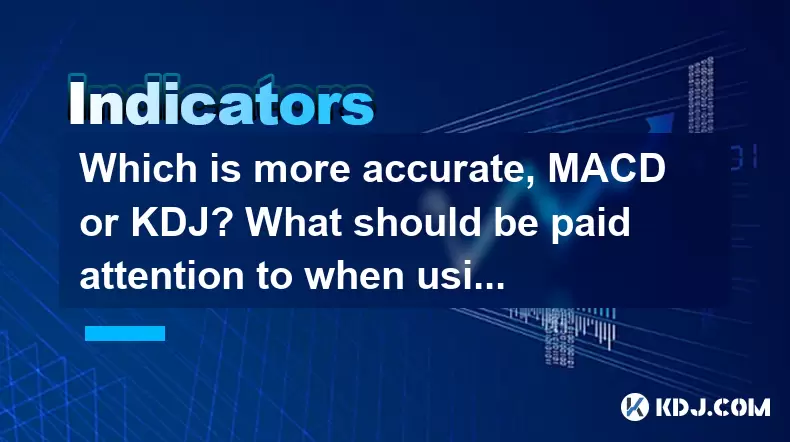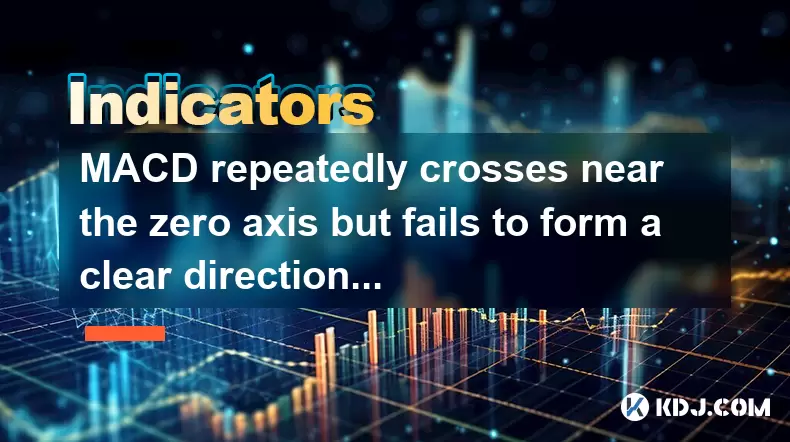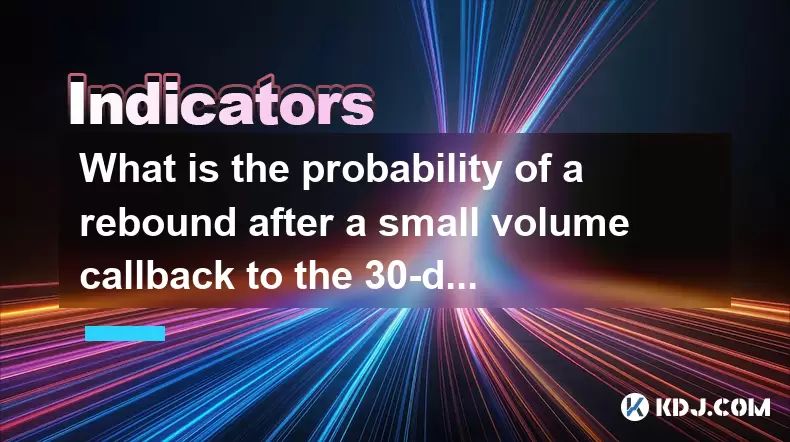-
 Bitcoin
Bitcoin $105,278.9859
4.61% -
 Ethereum
Ethereum $2,414.7741
8.20% -
 Tether USDt
Tether USDt $1.0007
0.05% -
 XRP
XRP $2.1600
7.53% -
 BNB
BNB $639.5433
3.75% -
 Solana
Solana $144.3830
9.37% -
 USDC
USDC $1.0001
0.02% -
 TRON
TRON $0.2742
3.84% -
 Dogecoin
Dogecoin $0.1640
8.57% -
 Cardano
Cardano $0.5811
7.49% -
 Hyperliquid
Hyperliquid $37.2466
5.28% -
 Sui
Sui $2.8243
14.84% -
 Bitcoin Cash
Bitcoin Cash $460.8816
2.22% -
 Chainlink
Chainlink $12.9580
11.75% -
 UNUS SED LEO
UNUS SED LEO $9.1359
1.23% -
 Avalanche
Avalanche $18.2302
10.30% -
 Stellar
Stellar $0.2463
7.80% -
 Toncoin
Toncoin $2.9151
7.18% -
 Shiba Inu
Shiba Inu $0.0...01163
9.79% -
 Hedera
Hedera $0.1532
14.01% -
 Litecoin
Litecoin $85.3310
6.29% -
 Monero
Monero $308.8215
2.90% -
 Ethena USDe
Ethena USDe $1.0007
0.03% -
 Polkadot
Polkadot $3.4259
9.42% -
 Dai
Dai $1.0002
0.01% -
 Bitget Token
Bitget Token $4.1742
3.19% -
 Uniswap
Uniswap $6.8272
8.53% -
 Pepe
Pepe $0.0...09939
12.29% -
 Pi
Pi $0.5358
6.03% -
 Aave
Aave $257.3092
12.83%
Which is more accurate, MACD or KDJ? What should be paid attention to when using the two together?
MACD identifies longer-term trends, while KDJ is better for short-term moves; using both can enhance trading accuracy by confirming signals and spotting divergences.
May 24, 2025 at 03:56 pm

In the world of cryptocurrency trading, technical analysis plays a crucial role in helping traders make informed decisions. Among the various technical indicators available, MACD (Moving Average Convergence Divergence) and KDJ (Stochastic Oscillator) are two popular tools that traders often use to gauge market trends and potential reversals. This article will explore the accuracy of MACD and KDJ, and discuss what to pay attention to when using these indicators together.
Understanding MACD
MACD is a trend-following momentum indicator that shows the relationship between two moving averages of a security’s price. The MACD is calculated by subtracting the 26-period Exponential Moving Average (EMA) from the 12-period EMA. The result of this calculation is the MACD line. A 9-period EMA of the MACD, called the signal line, is then plotted on top of the MACD line, which can function as a trigger for buy and sell signals.
Traders typically use the MACD to identify potential buy and sell opportunities. A bullish signal occurs when the MACD line crosses above the signal line, suggesting that it might be a good time to buy. Conversely, a bearish signal is generated when the MACD line crosses below the signal line, indicating a potential time to sell. Additionally, the divergence between the MACD and the price action can also signal potential reversals.
Understanding KDJ
KDJ, also known as the Stochastic Oscillator, is a momentum indicator that compares a closing price of a cryptocurrency to its price range over a certain period of time. The KDJ indicator consists of three lines: the K line, the D line, and the J line. The K line represents the current market momentum, the D line is a moving average of the K line, and the J line is a more sensitive version of the K line.
The KDJ indicator oscillates between 0 and 100. A reading above 80 is considered overbought, while a reading below 20 is considered oversold. Traders often look for crossovers between the K and D lines to generate buy and sell signals. A bullish signal is generated when the K line crosses above the D line, while a bearish signal occurs when the K line crosses below the D line.
Accuracy Comparison: MACD vs. KDJ
When comparing the accuracy of MACD and KDJ, it's important to consider their different purposes and how they function. MACD is primarily used to identify longer-term trends and momentum shifts, making it more suitable for trend-following strategies. On the other hand, KDJ is more sensitive to short-term price movements and is often used to identify overbought and oversold conditions, making it ideal for short-term trading strategies.
In terms of accuracy, MACD tends to be more reliable in trending markets, where it can effectively identify the direction and strength of a trend. However, in choppy or sideways markets, MACD can generate false signals, leading to potential losses. KDJ, on the other hand, can be more accurate in range-bound markets, where it can effectively identify overbought and oversold conditions. However, in strong trending markets, KDJ may generate false signals as it can be too sensitive to short-term price fluctuations.
Using MACD and KDJ Together
Using MACD and KDJ together can provide traders with a more comprehensive view of the market, allowing them to make more informed trading decisions. Here are some key points to consider when using these indicators in tandem:
Confirming Signals: One of the primary benefits of using MACD and KDJ together is the ability to confirm signals. For example, if the MACD generates a bullish signal and the KDJ also indicates an oversold condition, this can provide a stronger case for entering a long position.
Identifying Divergence: Both MACD and KDJ can be used to identify divergence between the indicator and the price action. If the MACD shows a bullish divergence while the KDJ indicates an oversold condition, this can signal a potential reversal to the upside.
Combining Timeframes: Traders can use MACD on a longer timeframe chart to identify the overall trend, while using KDJ on a shorter timeframe chart to identify entry and exit points. This can help traders align their trades with the prevailing trend while taking advantage of short-term price movements.
Practical Application of MACD and KDJ
To effectively use MACD and KDJ together, traders can follow these steps:
Select the Appropriate Timeframe: Choose a longer timeframe (e.g., daily or 4-hour chart) for the MACD to identify the overall trend, and a shorter timeframe (e.g., 1-hour or 15-minute chart) for the KDJ to pinpoint entry and exit points.
Monitor MACD for Trend Confirmation: Use the MACD on the longer timeframe chart to confirm the direction of the trend. If the MACD line is above the signal line and moving upward, it suggests a bullish trend. Conversely, if the MACD line is below the signal line and moving downward, it indicates a bearish trend.
Use KDJ for Entry and Exit Points: On the shorter timeframe chart, monitor the KDJ for overbought and oversold conditions. Look for the K line to cross above the D line in oversold territory as a potential buy signal, and for the K line to cross below the D line in overbought territory as a potential sell signal.
Confirm Signals: Before entering a trade, ensure that the signals from both the MACD and KDJ align. For example, if the MACD indicates a bullish trend and the KDJ shows an oversold condition with a bullish crossover, this can provide a stronger case for entering a long position.
Common Pitfalls and Considerations
While using MACD and KDJ together can be a powerful strategy, there are several pitfalls and considerations that traders should be aware of:
False Signals: Both MACD and KDJ can generate false signals, especially in choppy or sideways markets. Traders should use other forms of analysis, such as price action or support and resistance levels, to confirm signals before entering a trade.
Over-reliance on Indicators: Relying solely on MACD and KDJ without considering other factors can lead to poor trading decisions. Traders should always consider the broader market context and use multiple indicators to validate their trading decisions.
Lag in MACD: The MACD is a lagging indicator, meaning that it may not provide signals until after a trend has already started. Traders should be aware of this lag and use other tools to identify potential trend changes early.
Frequently Asked Questions
Q1: Can MACD and KDJ be used effectively in all market conditions?
A1: While MACD and KDJ can be useful in various market conditions, they are not equally effective in all scenarios. MACD tends to perform better in trending markets, while KDJ is more suitable for range-bound markets. Traders should adapt their use of these indicators based on the current market environment.
Q2: How can I avoid false signals when using MACD and KDJ?
A2: To avoid false signals, traders should use additional forms of analysis, such as price action, support and resistance levels, and other technical indicators, to confirm the signals generated by MACD and KDJ. Additionally, understanding the market context and using appropriate timeframes can help reduce the occurrence of false signals.
Q3: Is it necessary to use both MACD and KDJ, or can I use just one of them effectively?
A3: While it is possible to use either MACD or KDJ alone, using them together can provide a more comprehensive view of the market. MACD helps identify the overall trend, while KDJ can pinpoint entry and exit points. Using both indicators together can enhance the accuracy of trading decisions.
Q4: How often should I check the MACD and KDJ indicators?
A4: The frequency of checking MACD and KDJ depends on the trading timeframe and strategy. For longer-term traders, checking these indicators on a daily or 4-hour chart may be sufficient. For short-term traders, monitoring these indicators on a 1-hour or 15-minute chart can be more appropriate. It's important to align the checking frequency with the trading strategy to ensure timely decision-making.
Disclaimer:info@kdj.com
The information provided is not trading advice. kdj.com does not assume any responsibility for any investments made based on the information provided in this article. Cryptocurrencies are highly volatile and it is highly recommended that you invest with caution after thorough research!
If you believe that the content used on this website infringes your copyright, please contact us immediately (info@kdj.com) and we will delete it promptly.
- Bitcoin's Bullish Consolidation: LTH Confidence Shines Through On-Chain Data
- 2025-06-24 08:25:12
- Crypto Price Pump Incoming? Toncoin, Bitcoin, and the Meme Coin Mania!
- 2025-06-24 09:25:13
- WIF Price Check: Weekly Demand, Bounce or Breakdown?
- 2025-06-24 08:25:12
- Ethereum, Israel-Iran, and Ceasefire: Navigating Crypto's Response to Geopolitical Tensions
- 2025-06-24 09:05:13
- Solana, Iran-Israel, and Crypto Sentiment: Navigating Uncertainty
- 2025-06-24 08:45:12
- Trump Media, Bitcoin Treasury, and Stock Buybacks: A Wild Ride on Wall Street
- 2025-06-24 08:45:12
Related knowledge

What does the continuous rise of the ADX line of the DMI indicator in the downward trend indicate?
Jun 24,2025 at 05:00am
Understanding the DMI Indicator and Its ComponentsThe Directional Movement Index (DMI) is a technical analysis tool that helps traders identify the strength and direction of a trend. It consists of two primary components: the +DI (Positive Directional Indicator) and the -DI (Negative Directional Indicator). The ADX line, which stands for Average Directi...

MACD repeatedly crosses near the zero axis but fails to form a clear direction?
Jun 24,2025 at 09:28am
Understanding MACD Behavior Around the Zero AxisThe Moving Average Convergence Divergence (MACD) is a widely used technical indicator in cryptocurrency trading. It consists of three main components: the MACD line, the signal line, and the histogram. When the MACD line crosses above or below the signal line, it generates buy or sell signals. However, whe...

What is the probability of a rebound after a small volume callback to the 30-day moving average to get support?
Jun 24,2025 at 05:08am
Understanding the 30-Day Moving Average in Cryptocurrency TradingIn cryptocurrency trading, the 30-day moving average (MA) is a widely used technical indicator that helps traders identify potential support and resistance levels. It calculates the average closing price of an asset over the last 30 days, smoothing out short-term volatility and providing a...

How to interpret that the time-sharing chart shows "volume and price rise together" but the MACD red column shortens?
Jun 24,2025 at 01:08am
Understanding the Concept of 'Volume and Price Rise Together'In cryptocurrency trading, when a time-sharing chart shows that both volume and price rise together, it is typically interpreted as a sign of strong buying pressure. This means more traders are entering long positions, pushing the price higher while increasing the trading volume. This phenomen...

Is it contradictory that the moving average system is arranged in a bullish pattern but the DMI shows a decline in trend strength?
Jun 23,2025 at 11:43pm
Understanding the Moving Average and DMI RelationshipIn cryptocurrency trading, technical analysis plays a crucial role in identifying potential trends and making informed decisions. Two of the most commonly used indicators are the Moving Average (MA) and the Directional Movement Index (DMI). While both tools aim to provide insight into market direction...

How to interpret that the Williams indicator quickly turns back in the overbought area but does not fall below the 50-axis?
Jun 24,2025 at 02:01am
Understanding the Williams %R Indicator in Cryptocurrency TradingThe Williams %R indicator, often referred to as Williams Percent Range, is a momentum oscillator used by traders to identify overbought or oversold conditions in financial markets, including cryptocurrency. It ranges from 0 to -100, where values above -20 are considered overbought and thos...

What does the continuous rise of the ADX line of the DMI indicator in the downward trend indicate?
Jun 24,2025 at 05:00am
Understanding the DMI Indicator and Its ComponentsThe Directional Movement Index (DMI) is a technical analysis tool that helps traders identify the strength and direction of a trend. It consists of two primary components: the +DI (Positive Directional Indicator) and the -DI (Negative Directional Indicator). The ADX line, which stands for Average Directi...

MACD repeatedly crosses near the zero axis but fails to form a clear direction?
Jun 24,2025 at 09:28am
Understanding MACD Behavior Around the Zero AxisThe Moving Average Convergence Divergence (MACD) is a widely used technical indicator in cryptocurrency trading. It consists of three main components: the MACD line, the signal line, and the histogram. When the MACD line crosses above or below the signal line, it generates buy or sell signals. However, whe...

What is the probability of a rebound after a small volume callback to the 30-day moving average to get support?
Jun 24,2025 at 05:08am
Understanding the 30-Day Moving Average in Cryptocurrency TradingIn cryptocurrency trading, the 30-day moving average (MA) is a widely used technical indicator that helps traders identify potential support and resistance levels. It calculates the average closing price of an asset over the last 30 days, smoothing out short-term volatility and providing a...

How to interpret that the time-sharing chart shows "volume and price rise together" but the MACD red column shortens?
Jun 24,2025 at 01:08am
Understanding the Concept of 'Volume and Price Rise Together'In cryptocurrency trading, when a time-sharing chart shows that both volume and price rise together, it is typically interpreted as a sign of strong buying pressure. This means more traders are entering long positions, pushing the price higher while increasing the trading volume. This phenomen...

Is it contradictory that the moving average system is arranged in a bullish pattern but the DMI shows a decline in trend strength?
Jun 23,2025 at 11:43pm
Understanding the Moving Average and DMI RelationshipIn cryptocurrency trading, technical analysis plays a crucial role in identifying potential trends and making informed decisions. Two of the most commonly used indicators are the Moving Average (MA) and the Directional Movement Index (DMI). While both tools aim to provide insight into market direction...

How to interpret that the Williams indicator quickly turns back in the overbought area but does not fall below the 50-axis?
Jun 24,2025 at 02:01am
Understanding the Williams %R Indicator in Cryptocurrency TradingThe Williams %R indicator, often referred to as Williams Percent Range, is a momentum oscillator used by traders to identify overbought or oversold conditions in financial markets, including cryptocurrency. It ranges from 0 to -100, where values above -20 are considered overbought and thos...
See all articles
























































































